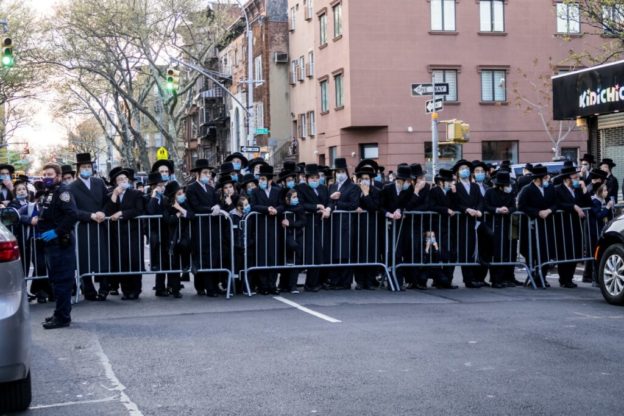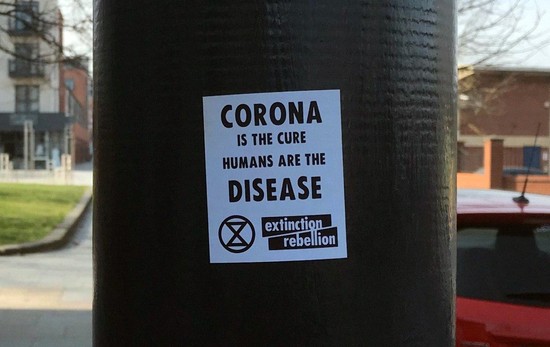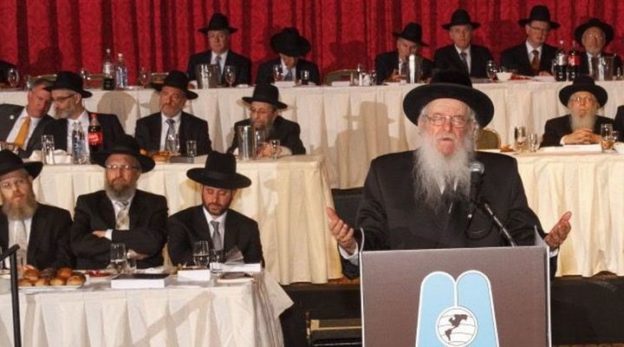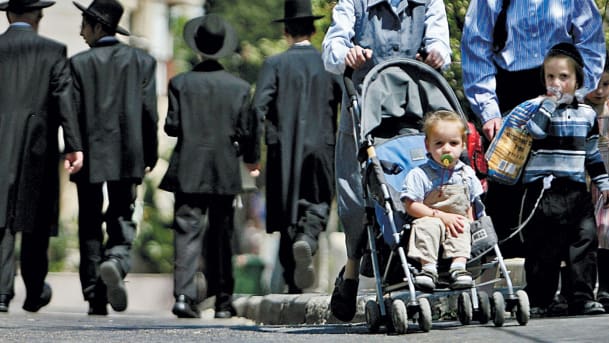A minor miracle occurred last week: Officials and pundits from across the political and social spectra came together in a show of unified determination. No, not to encourage social distancing or to discourage early re-opening of businesses. To condemn Bill de Blasio.
That would be New York’s mayor, of course, whose tweet calling out “the Jewish community” for violating social distancing guidelines after the funeral of a Chassidic rebbe, Rabbi Chaim Mertz, the Tola’as Yakov Rebbe, drew a reported 2000-plus onto the streets of Williamsburg, Brooklyn.
“My message to the Jewish community,” the mayor wrote, “and all communities, is this simple: the time for warnings has passed.”
Those who piled on ranged from conservative thinker John Podhoretz, shock jock Glenn Beck, Donald Trump Jr. and ex-ambassador Nikki Haley to the ADL’s Jonathan Greenblatt, Jews for Racial & Economic Justice, and a number of people associated with the Reform movement. An assortment of New York Assemblymen joined in the tackle.
Some of the critics stood up for the bereaved chassidim who attended the funeral, some decried the insinuation that such crowding was more prevalent in the chassidic community, and some seemed outraged that the acts of some chassidim were being blamed on all Jews, even non-observant ones like themselves.
Grounds for criticism there were. As a statement from Agudath Israel noted, “The Jewish community as a whole, and the Orthodox Jewish community in particular, are heeding social distancing rules, including at funerals.” And the funeral had been coordinated with the New York Police Department. Apparently, the crowd turned out to be larger than expected.
But while the mayor’s choice of words was misguided and regrettable, they didn’t, as some rashly claimed, evidence any animus for Jews. Not only has Mr. de Blasio been a stalwart supporter of Israel and condemner of the BDS movement, he has enjoyed a warm relationship with New York’s Orthodox Jewish community.
His ill-considered focus on the “Jewish community” was simply the gut reaction, emotion-driven response to a scene of many hundreds of identifiably Jewish Jews crowded together, in violation of state regulations, at a time when a contagious disease was spreading and killing people.
Yes, other groups were also guilty of not heeding spacing requirements, as some of de Blasio’s critics were quick to point out online, including in their postings photos of well-populated beaches and groups of people watching an air show. But those violators were not members of any specific, identifiable group. How were they to be called out?
“My message to the beach-going community and all communities, is this simple: the time for warnings has passed”?
Doesn’t quite work, no?
And there had been other crowded funerals attended by crowds of identifiably Orthodox Jews too, something that no one who saw photos of them, presumably including the mayor, can’t unremember.
The truly justified grievance against the mayor’s tweet is what Agudath Israel’s statement went on to say: “No matter how well-intentioned the Mayor might be, words that could be seized upon by bigots and anti-Semites must be avoided at all costs.”
Mr. de Blasio seems in fact to have recognized that fact, since he eventually apologized for his misbegotten tweeting on a conference call with Orthodox Jewish media outlets.
The apology, though, that I found truly compelling, not only in the fact of its existence but because of its tone and eloquence, was from Jacob Mertz, the secretary of Tola’as Yakov, the congregation whose leader’s funeral had sparked the brouhaha.
“Our Rabbi was revered by thousands as a holy, humble and caring person,” a letter he signed read in part, “and they wanted to participate in the funeral.
“We came up with a plan to have many streets closed, so that people participate and walk the coffin while following the social distancing rules and wearing masks… Unfortunately, this didn’t pan out, and NYPD had to disperse the crowds…
“We understand Mayor Bill de Blasio’s frustration and his speaking out against the gathering. As said, we thought that the procession will be in accordance with the rules, and we apologize that it turned out otherwise. It also hurts that this led to singling out the Jewish community, and for that we apologize to all Jewish people. We know that the mayor’s reaction came from his concern to the health of safety of our community and the entire city, and it wasn’t ill-intentioned. We share that concern. Health and live[s] take precedence to anything else, and we shall all follow those rules.”
In the tumultuous world in which we Americans live today, where invective has largely replaced dialogue and grievances are settled at best with insults and at worst with guns, we sometimes need to remind ourselves that, even in a free country and protected as we are by a Bill of Rights, we are still in galus. It may not look like the galus of ancient Babylonia or Czarist Russia, but it is still galus.
And, while an acknowledgement like Tola’as Yakov’s might strike some, including some Jews, as overly modest and deferential, it was not.
It was the perfectly Jewish response.
© 2020 Rabbi Avi Shafran









